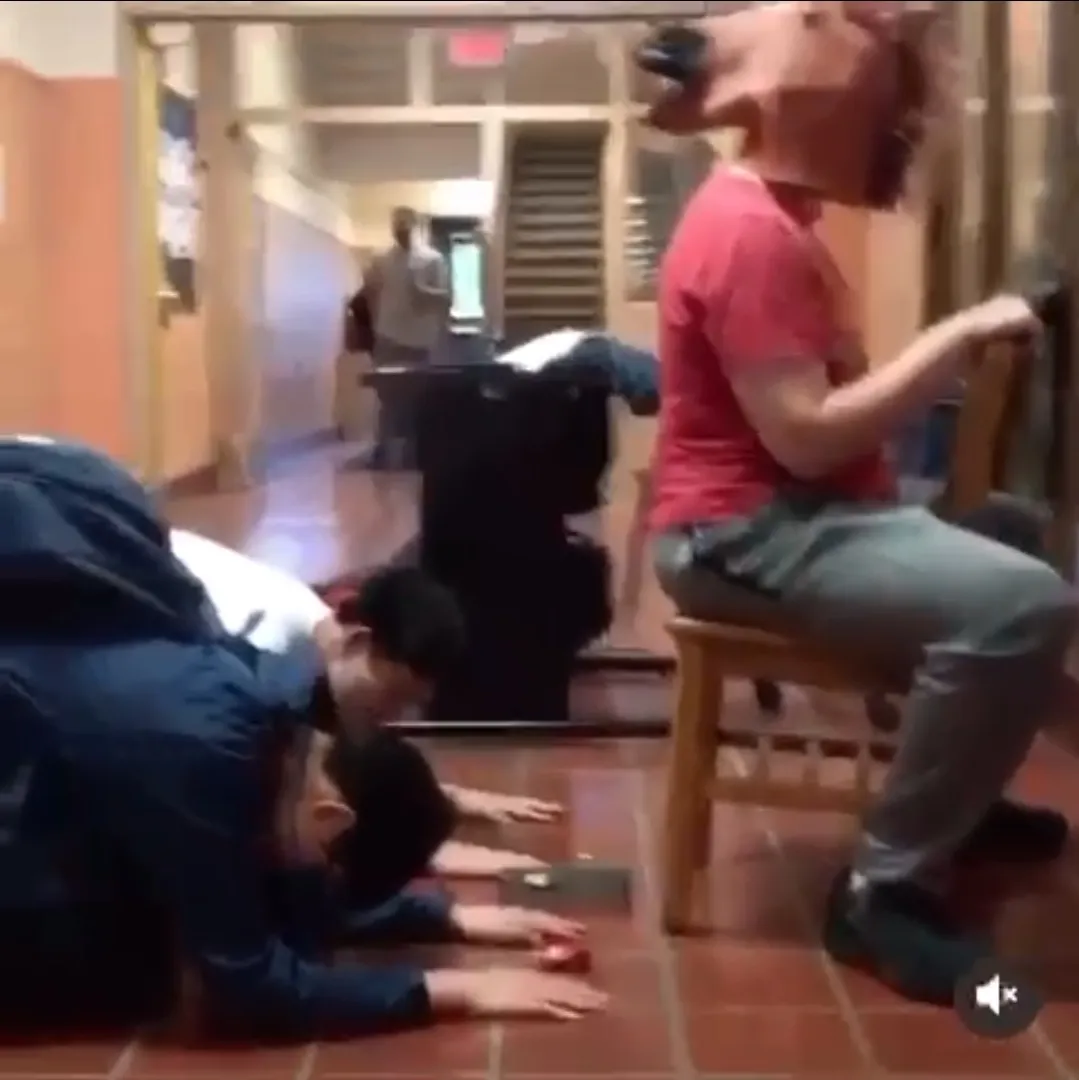a portrait of the past
On many occasions, while speaking to old friends and acquaintances, the tried “remember when” conversation transpires.
“Remember when you spoke like a pirate in physics class?”
“Remember when you gave that girl a flower after she lost her fencing bout, bringing her to tears?”
“Remember when you made climbing a tree a prerequisite for debate team membership?”
The answer to most of these prompts is a bashful but forthright “no.” Despite being the central character in many of these stories, I cannot recall them perfectly. Instead, I hold only fragments of memory—a late-night call with friends from before responsibility and age pulled us toward different lives, or an aimless walk with people who have since drifted away.
I’ve sensed this mnemonic erosion occurring for a long time, but like a river carving through stone, the change is so gradual you can’t notice it happening—not until you step back and survey the full sweep of time and realize something has been irrevocably lost. The same humans continue to walk the Earth, but the people they were—their personalities, temperaments, characters—have been weathered away by time’s relentless current.
Recently, I was asked, “Do you remember when you faux worshiped a horse head in a hallway?” I responded with the usual “No,” but unlike the typical followups, I was shown a photo:

Involuntarily, I found myself smiling.
I first met the person wearing the rubber horse head in an elementary school summer camp hosted by our local school district. We barely spoke then, but he left an impression—the kid who exclusively wore a Tobuscus shirt and recited lines from “Nugget in a Biscuit” at every opportunity. Years later, he became the center of our social circles—the one who hosted gatherings, baked for birthdays, and reached out when friends were struggling. He embodied gregariousness; hardly anyone could say a poor word about him, yet despite all this, I’ve never been good at reaching out enough to him—not then and not now.
The person in blue, to his chagrin, was someone I idolized. The friendship was never perfect—nonetheless, it was the ruler I used to measure other friendships. Now, we’ve moved and see each other only a handful of times a year, becoming new people shaped by different stimuli. Undeniably, I miss that consistent familiarity, but I’ve accepted that some things exist in their own time and place. It would be unjust to walk backwards through life, measuring every interaction—with him and others—against what once was.
And then there’s me. It’s strange—I can recall the scene but only as a confused observer, as if I were the faculty member in the background. On the surface, little has changed. Sometimes, I still eat too fast, speak too crudely, or even wear those same faded t-shirts. But looking at this photo, I’m confronted with someone I’ve spent years trying to forget. I was vindictive and callous, someone who justified petty cruelties with adolescent ego. There was a desire to be better, but it was stifled by sloth and pride. Yet seeing this moment again, I’m struck by something unexpected. I miss that person—not just the closeness to friends now scattered across distance and time, but him, failings and all. He was green, unfiltered, idealistic. There was no plan, but he believed he would make it. I find myself nostalgic for that carefree existence, in the belief that life can remain statically pleasant.
Life moves on, and that’s okay. Though I find myself beating on, a boat against the current, borne back ceaselessly into the past, I remain grateful for having lived it. The scene in the photo is soul-filled detritus—remnants of a world that has moved on, of people who have grown beyond such antics. And yet, from now until the end of days, I will treasure this portrait of the past.